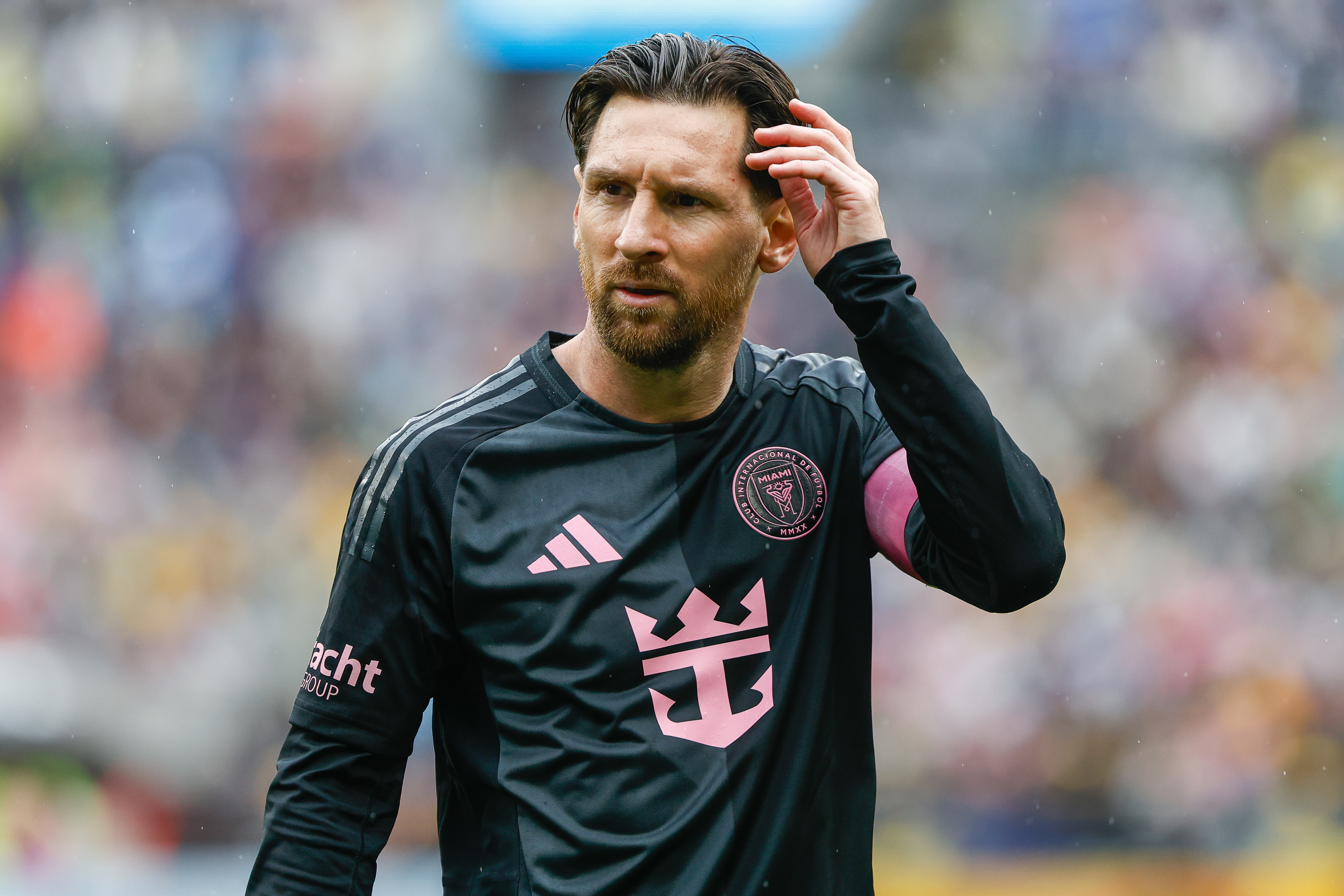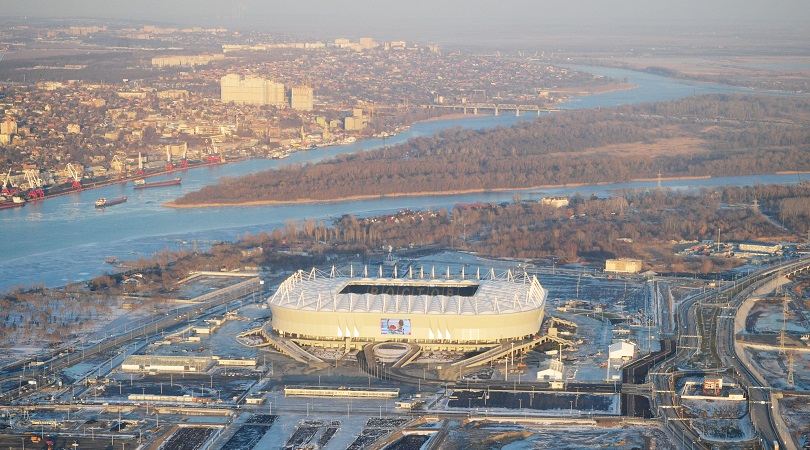
Returning internationals
The 2018 World Cup is just over two months away, but there are still places up for grabs in the squads of all 32 qualified nations. As well as numerous youngsters hoping for their big break at senior level, there will be several more experienced players pushing for an unlikely recall ahead of the tournament in Russia.
In this slideshow, we pick out 11 forgotten international stars who shone after returning from the abyss.
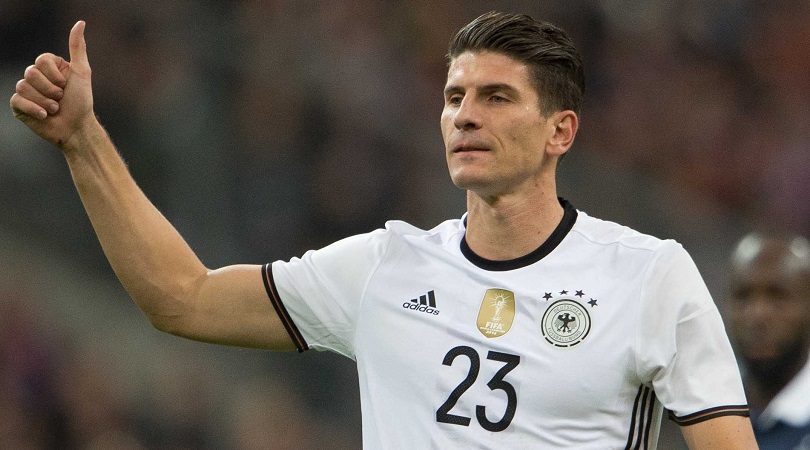
9. Mario Gomez (2015)
The Germany striker only missed out on the Golden Boot at Euro 2012 because he’d played more minutes than Fernando Torres, but found himself out of the squad for the 2014 World Cup after missing much of the preceding season with a knee injury.
Gomez played just four times in over three years for Die Mannschaft, before being recalled to Joachim Low’s squad in November 2015 to kick-start his stalled international career. Gomez proved he still had plenty to offer at Euro 2016, with the winner against Northern Ireland in the group stage, plus a goal against Slovakia in the round of 16.
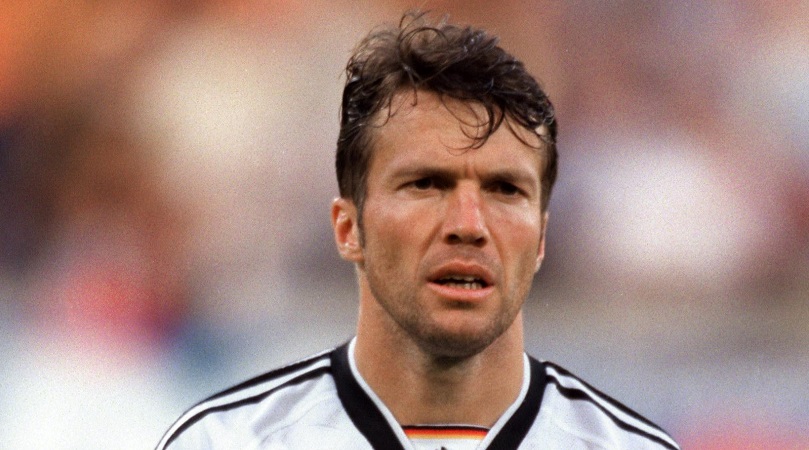
8. Lothar Matthaus (1998)
The defender was already Germany’s most-capped player of all time, but feuds with Jurgen Klinsmann and Berti Vogts meant his international career seemed to be over in 1995.
Although he never officially retired, it was a surprise when Matthaus was recalled to the team after three years for the 1998 World Cup, becoming the second player to appear at five editions of the tournament.
He helped Germany reach the quarter-finals, and remained in the team for Euro 2000, which didn’t go quite as well: die Mannschaft crashed out in the group stage and Matthaus’s international career ended at the age of 39.
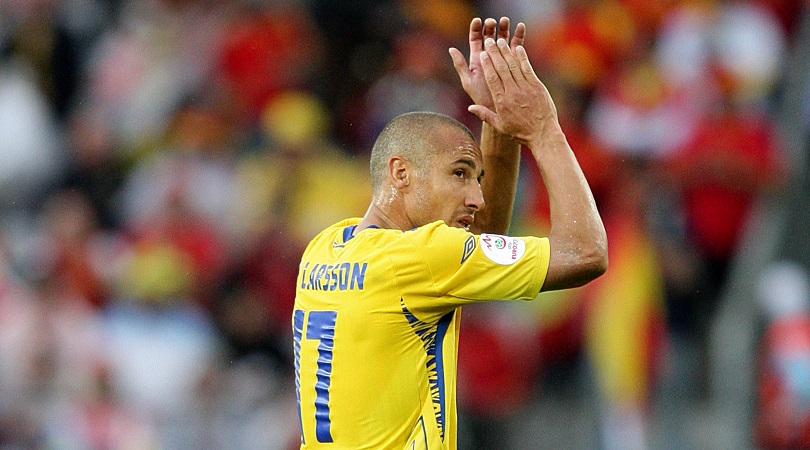
7. Henrik Larsson (2004, 2008)
Most players wouldn’t be able to get away with retiring from international football for the dull qualifying schleps around Europe, and then un-retiring just in time for the glory of a major tournament. And even fewer could pull off the same trick twice. But then most players aren’t Henrik Larsson.
The then-31-year-old Swede initially hung up his international boots after the 2002 World Cup, and later rejected a plea from UEFA president Lennart Johansson – presumably wearing his national hat rather than his work suit – to return for Euro 2004. However, he soon changed his mind and ended up with three goals and a place in the team of the tournament. He retired again after the 2006 World Cup, but was persuaded to give it one last shot at Euro 2008, before ending his Sweden career the following year.
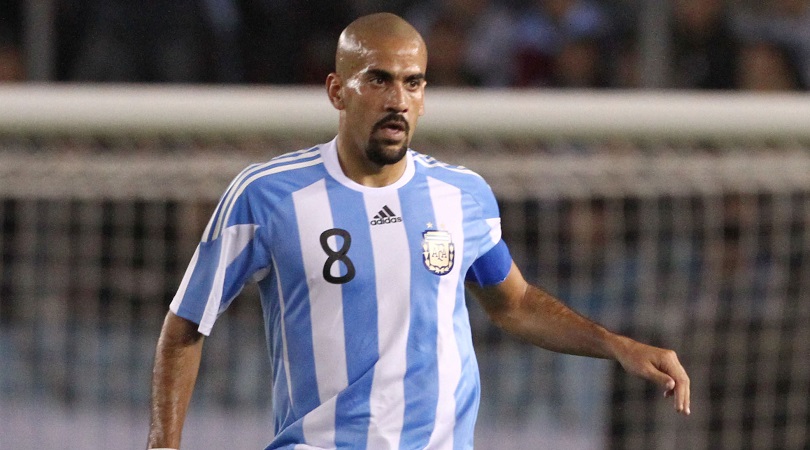
6. Juan Sebastian Veron (2007)
The former Manchester United and Chelsea midfielder’s return from the international wilderness was so unexpected that it even caught out South American football expert Mick McCarthy, who didn’t realise he was watching the same player during commentary for the 2010 World Cup.
By then, Veron had been back in the international fold for as long as he’d been away, having endured a difficult spell after Argentina’s dismal display at the 2002 World Cup. A return to his homeland with Estudiantes brought about a recall to the national team in 2007, and Veron went on to impress in a deeper-lying role at the World Cup in South Africa three years later.
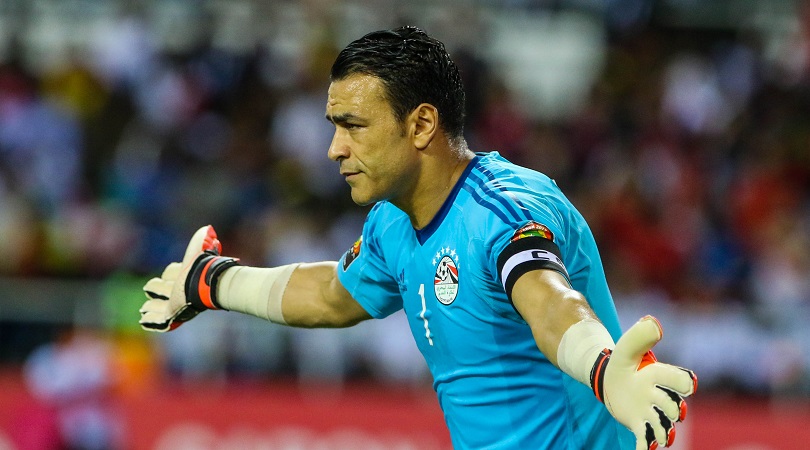
5. Essam El-Hadary (2017)
An injury to first-choice goalkeeper Ahmed El-Shenawy in Egypt’s first game of the 2017 Africa Cup of Nations meant a return to the side for 44-year-old Essam El-Hadary, who became the oldest player ever to feature in the tournament.
El-Hadary had originally retired in 2013 after falling down the pecking order, and although he wasn’t expected to feature, he turned out to be one of Egypt’s stars as they reached the final.
El-Hadary, who has a daughter the same age as his team-mate Ramadan Sobhi, could become the oldest player in World Cup history this summer.
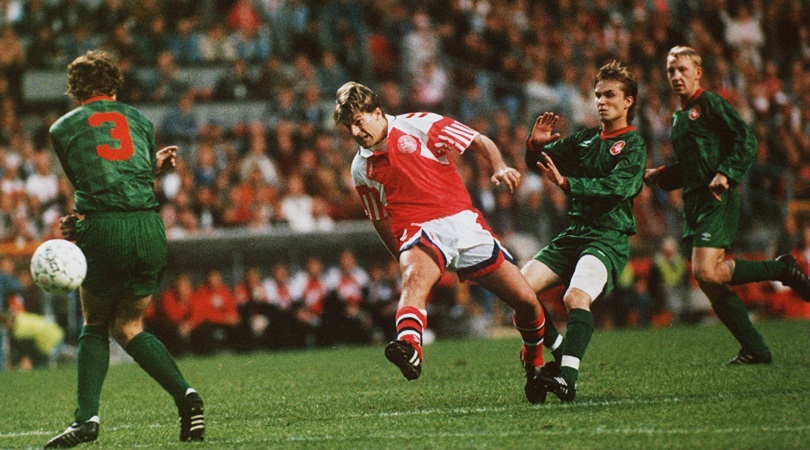
4. Michael Laudrup (1993)
Creative differences with coach Richard Moller Nielsen led to Laudrup walking away from the national team during qualifying for Euro 92. Although only 26, he’d already been an international regular for eight years.
While his team-mates were on their way to winning the tournament, the playmaker was on holiday in St Lucia and New York, constantly trying to get goal updates from indifferent barmen while impatiently awaiting the implementation of the mobile internet.
He finally returned to the side in August 1993, after almost three years out, and helped Denmark win the Intercontinental Cup in 1995. Alongside brother Brian, he was later named in the All-Star Team at the 1998 World Cup after captaining Denmark to the quarter-finals.
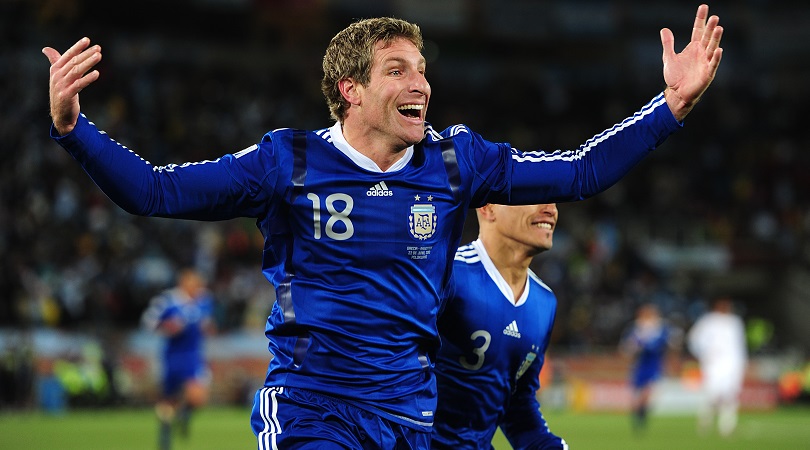
3. Martin Palermo (2009)
Diego Maradona’s time in charge of Argentina was characteristically colourful, and the recall of Palermo in 2009 was one of the more romantic interludes. At 35, the striker hadn’t played for the national team in 10 years when he was brought him back into the squad, but he repaid his manager’s faith with a crucial injury-time winner against Peru to help Argentina reach the 2010 World Cup.
Palermo was very much the back-up option at the tournament proper, but with Argentina already through Maradona brought him on for the last 10 minutes of the final group game against Greece. He even managed to score in that time, tapping in after a Lionel Messi shot was parried into his path.
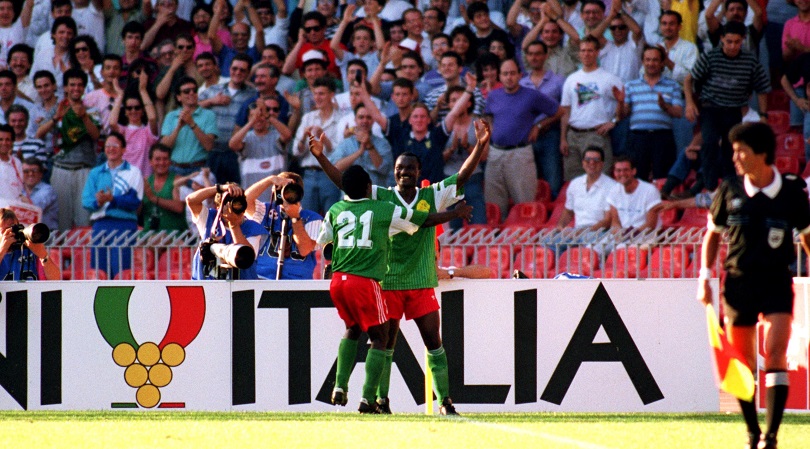
2. Roger Milla (1990)
Milla was 38 by the time of his most famous hour at the 1990 World Cup, and his inclusion in the Cameroon side was controversial. The striker had retired from international duty three years before the tournament, but returned to the fold after receiving a pleading phone call from the country’s president, Paul Biya.
He came off the bench to drive Cameroon’s unlikely run to the quarter-finals, scoring doubles against Romania and Colombia, and setting up two goals in the 3-2 defeat by England. Milla was still at it four years later but managed just one goal as Cameroon were knocked out in the group stage of USA 1994.

1. Zinedine Zidane, Lilian Thuram and Claude Makelele (2006)
With nothing else to win, the influential French trio retired en masse from international football after Euro 2004, but were persuaded to return by Raymond Domenech in late 2005.
It was a masterstroke. After labouring through qualifying, Les Bleus turned it on at the tournament proper, knocking out Spain, Brazil and Portugal to reach the final.
Thuram and Makelele even returned under Domenech for Euro 2008, while Zidane’s playing career ended with that headbutt on Marco Materazzi in the World Cup Final. That’s certainly one way to make sure you don’t get asked back.

Greg Lea is a freelance football journalist who's filled in wherever FourFourTwo needs him since 2014. He became a Crystal Palace fan after watching a 1-0 loss to Port Vale in 1998, and once got on the scoresheet in a primary school game against Wilfried Zaha's Whitehorse Manor (an own goal in an 8-0 defeat).
